Nora Turato, Dora Budor, Nina Beier, Álvaro Urbano, Grant Mooney, Valerie Krause, Alejandro Leonhardt, Matt Browning, Wolfgang Tillmans, Kate Mosher Hall
Formas Aparte
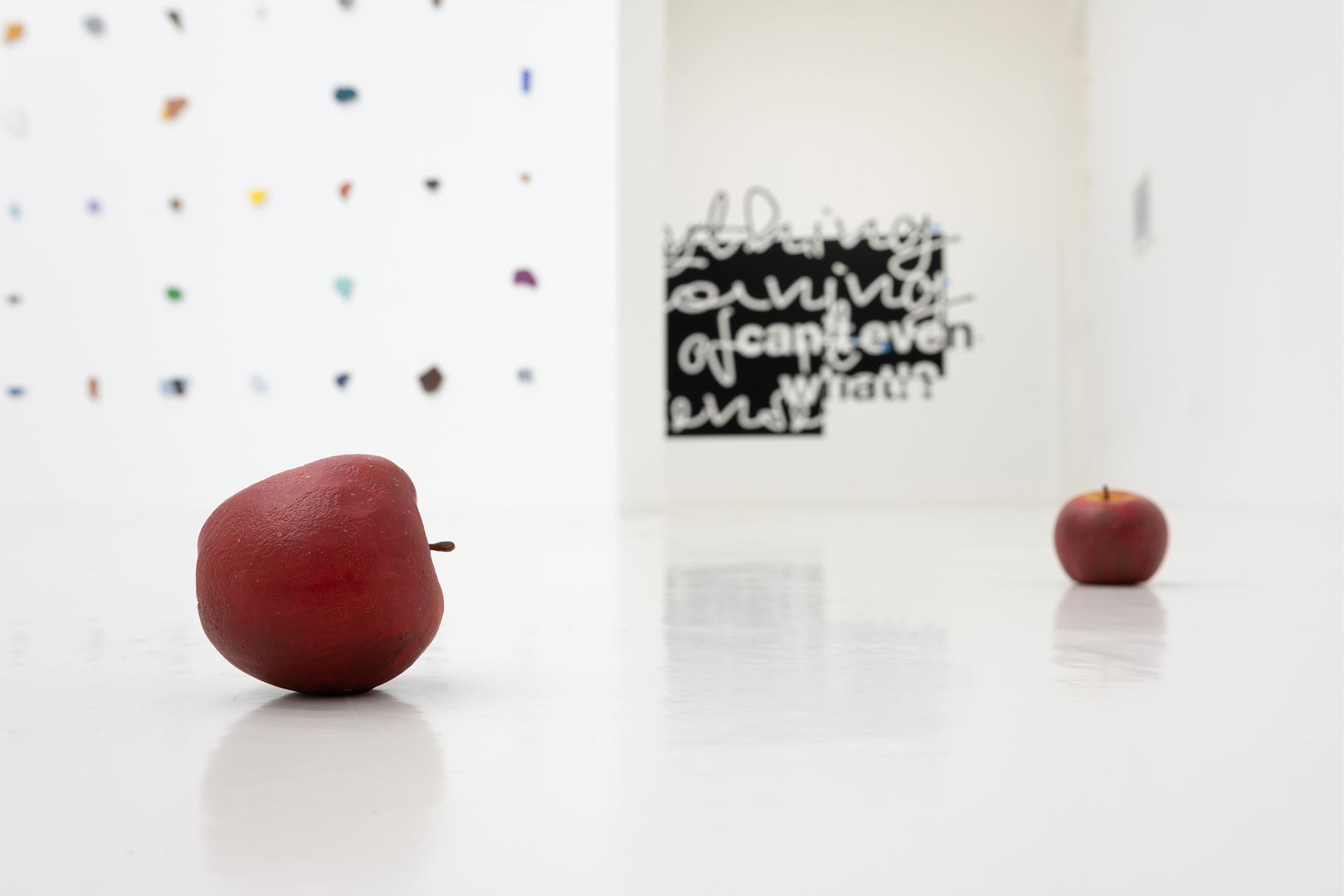
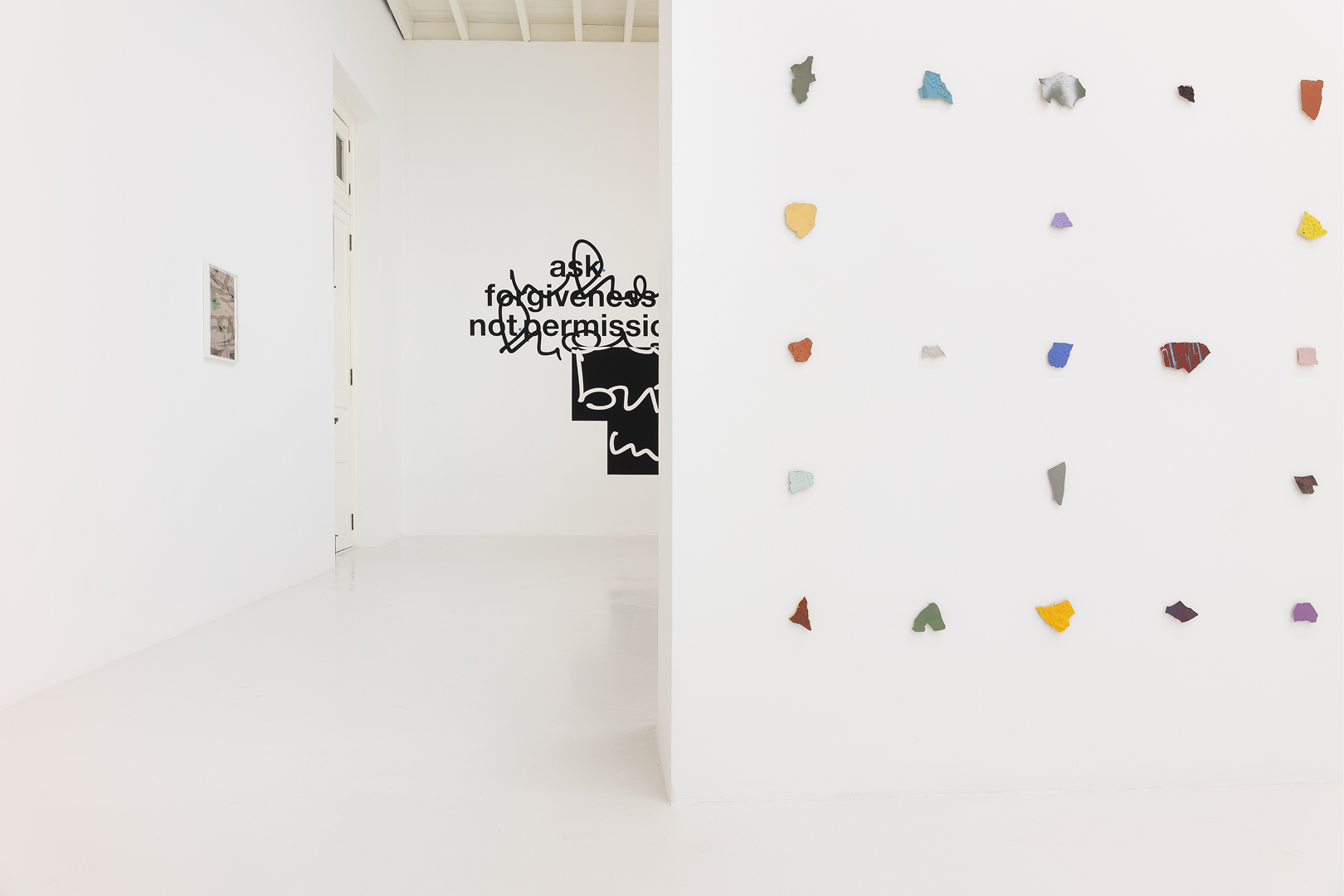
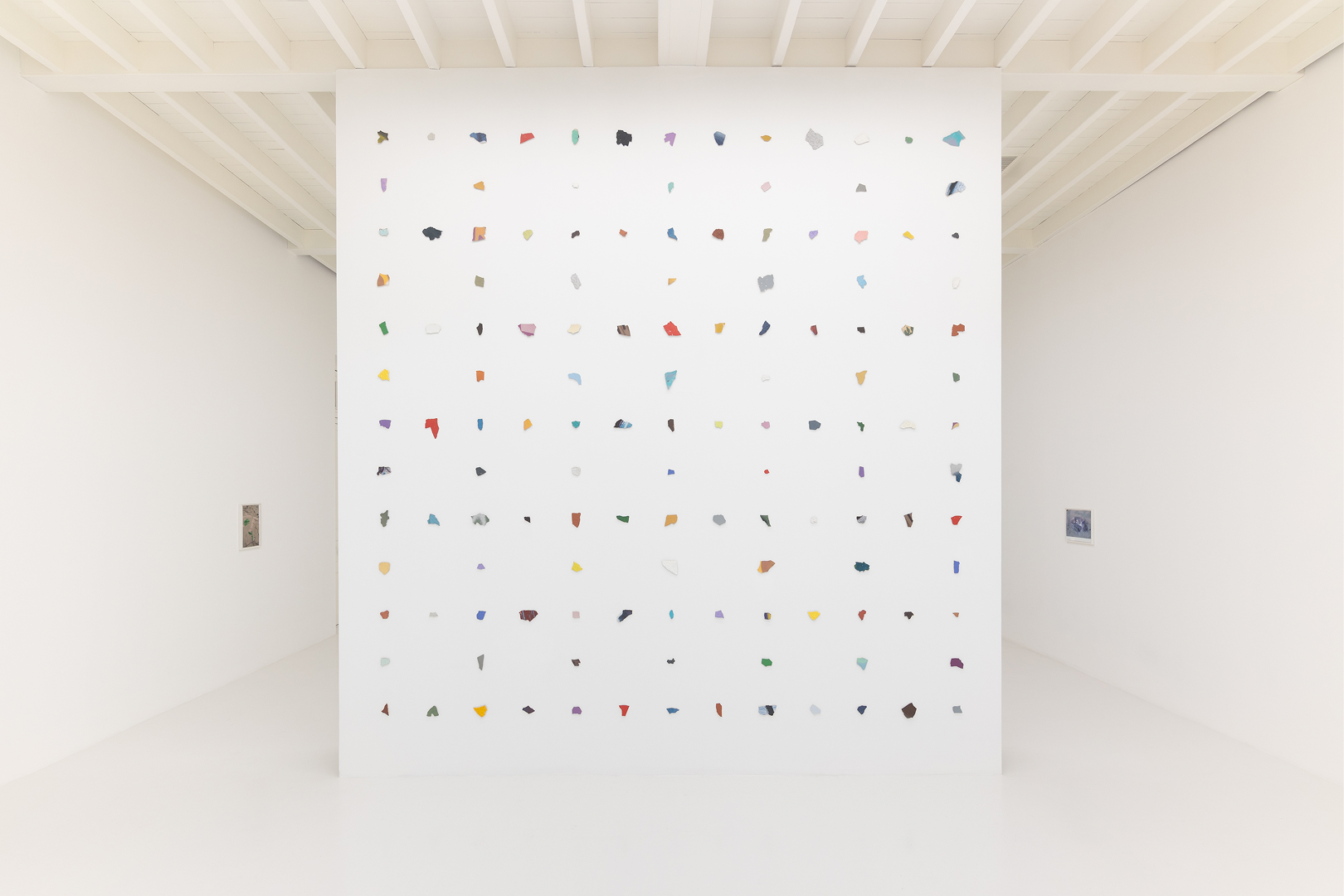
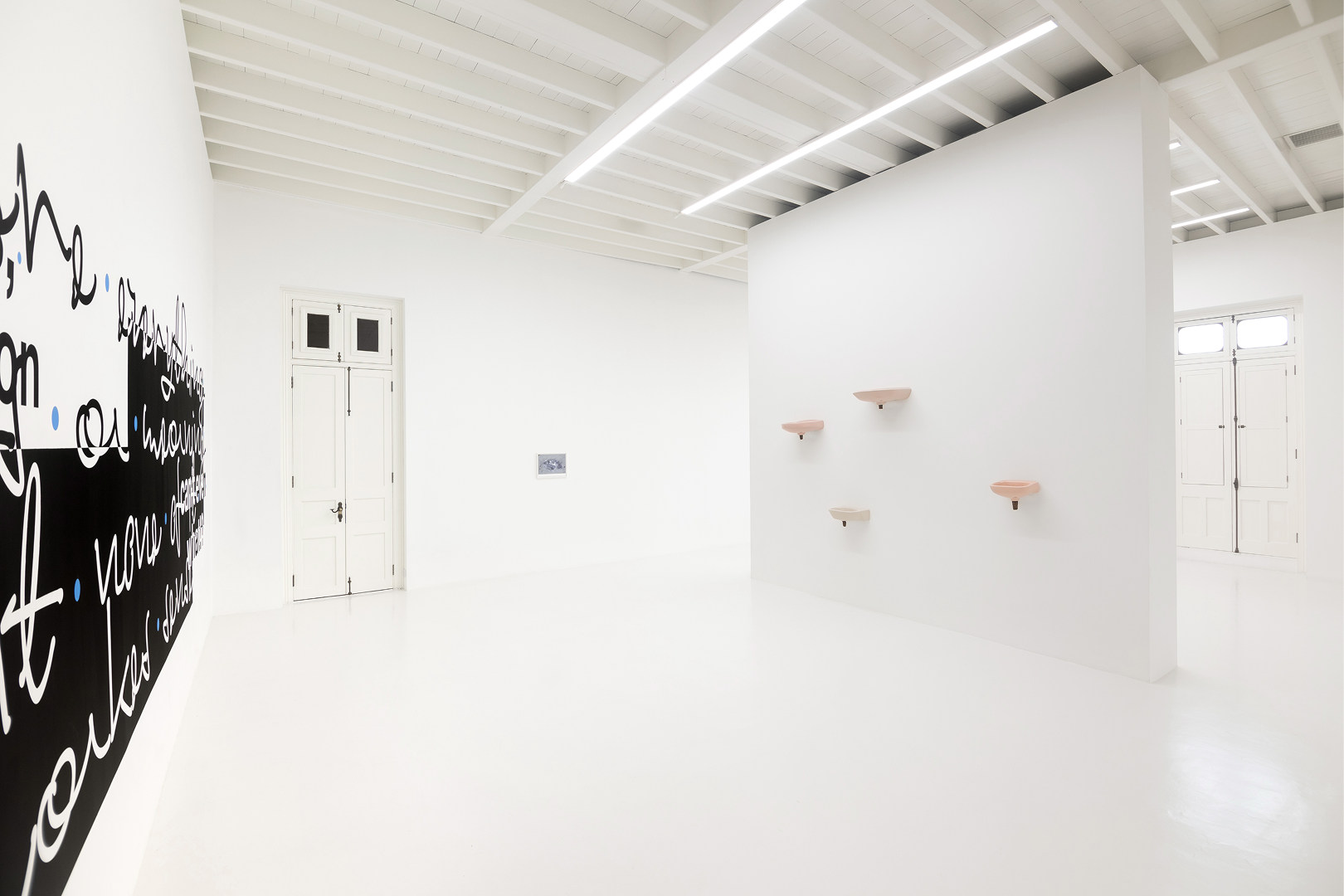
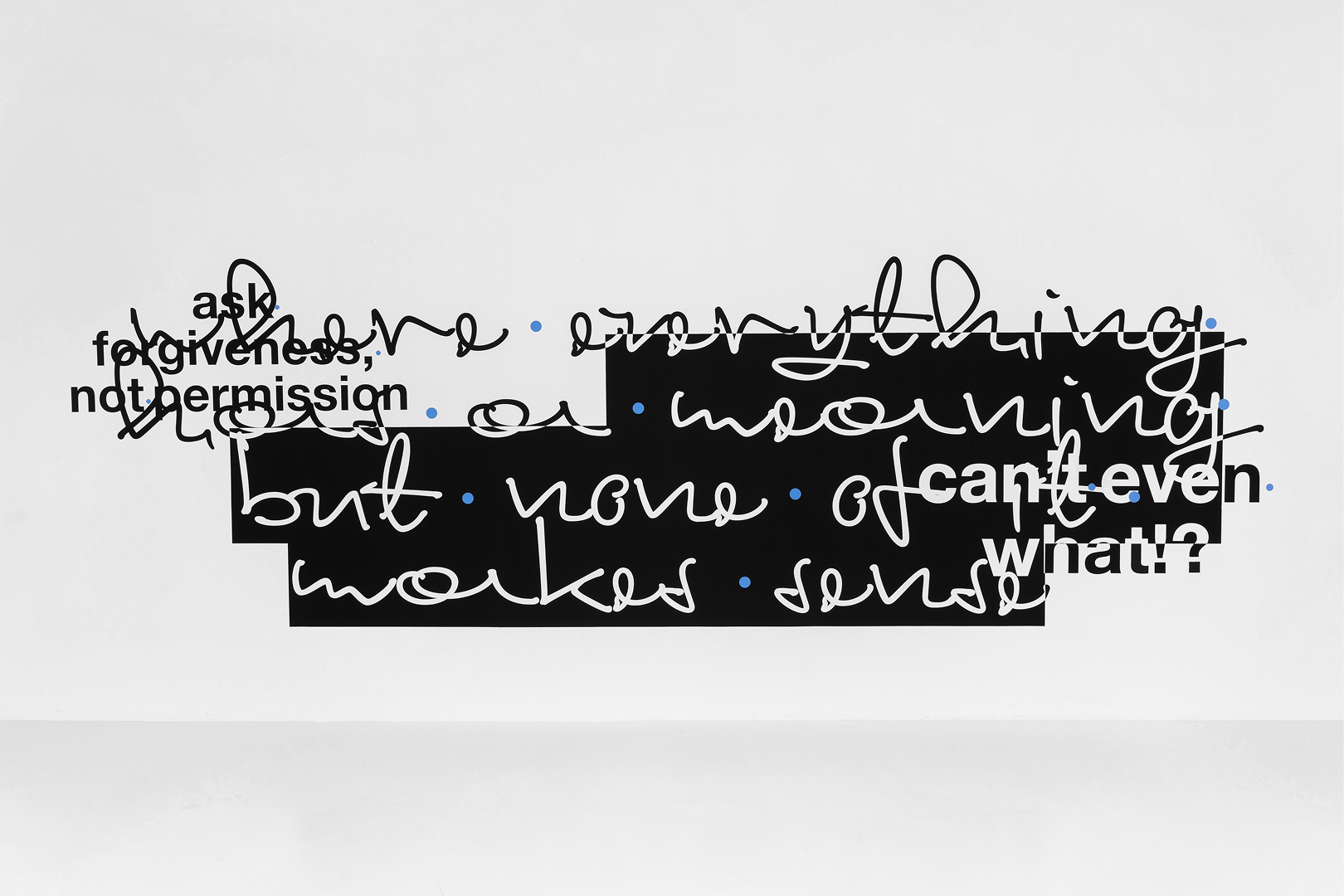
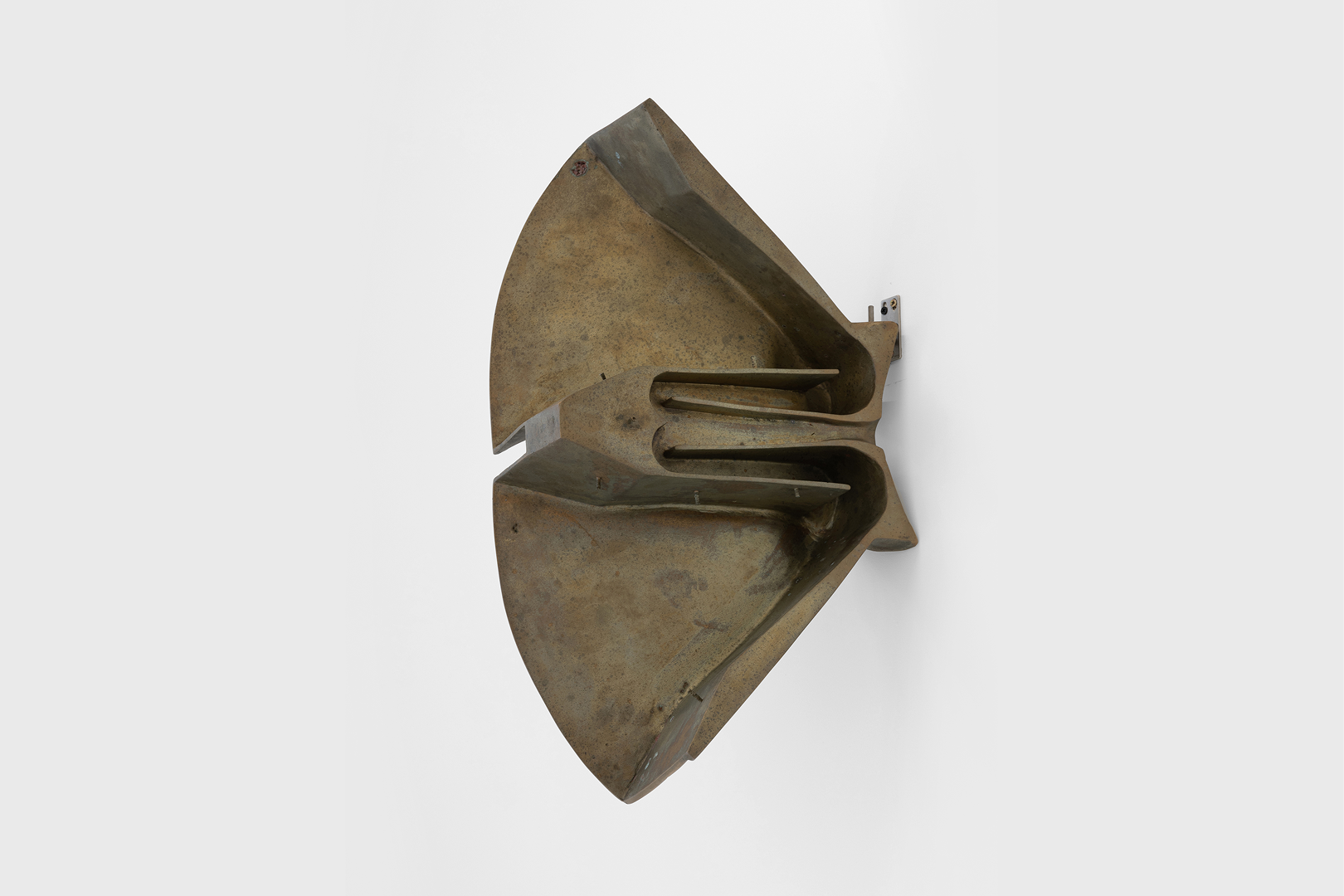
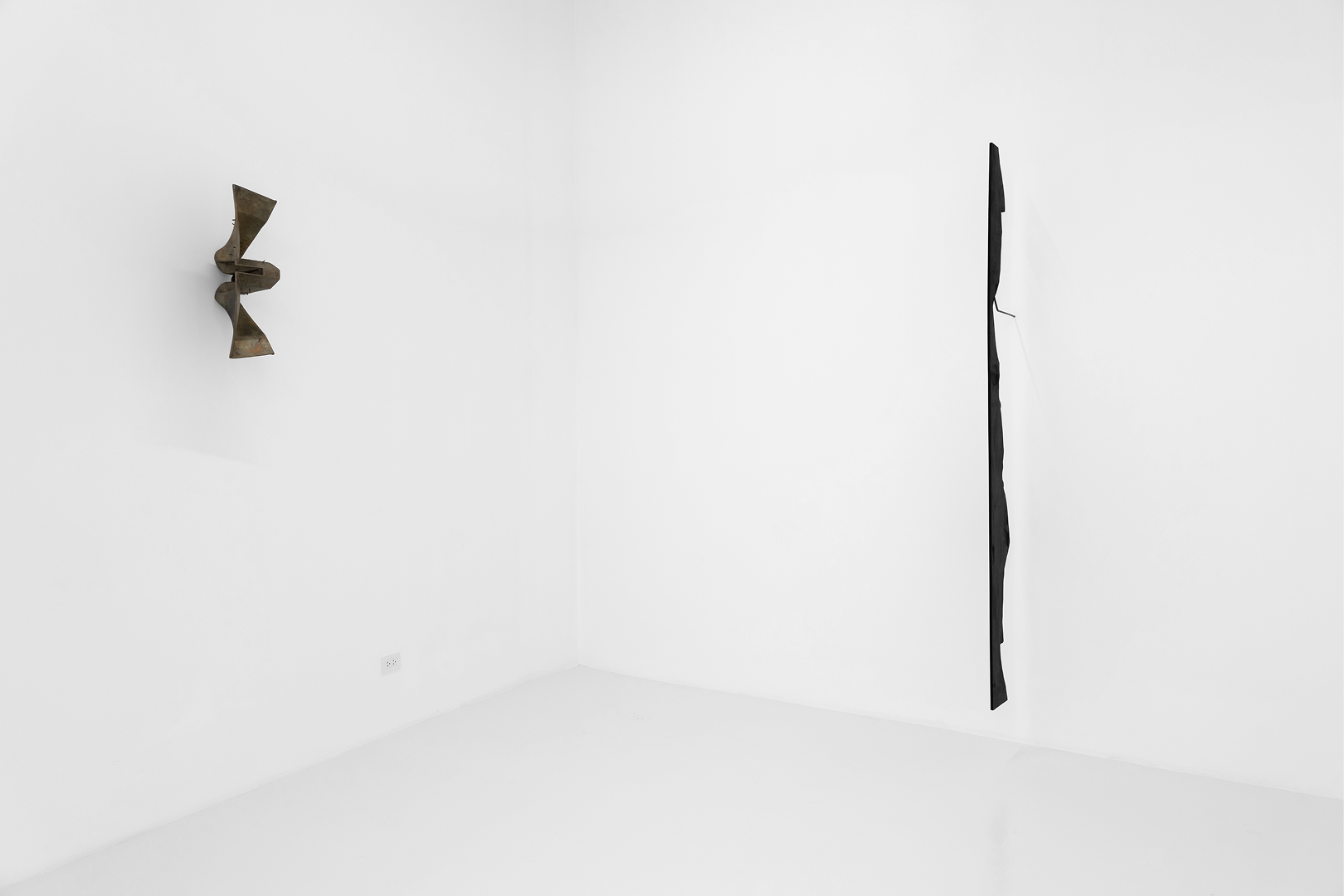
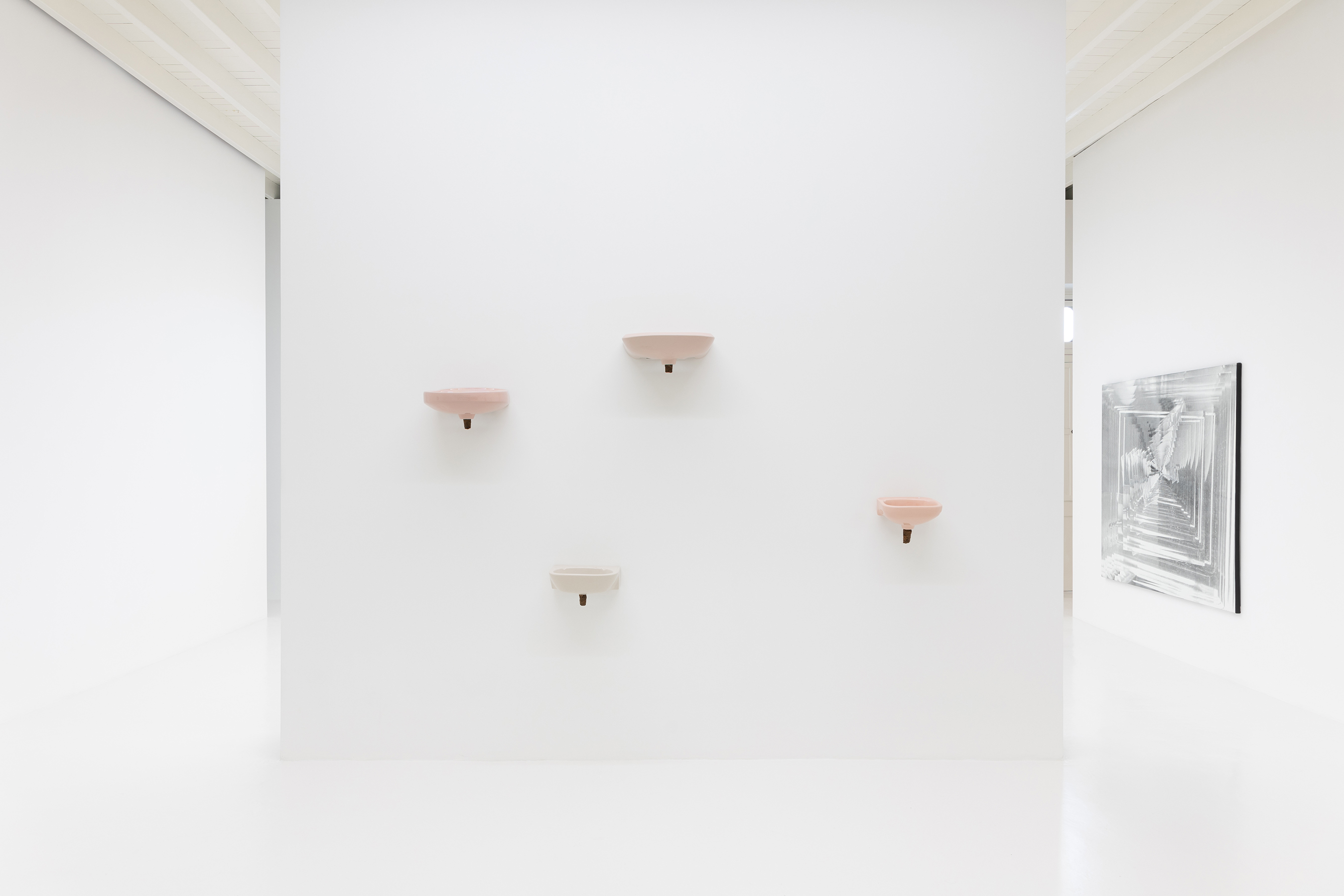
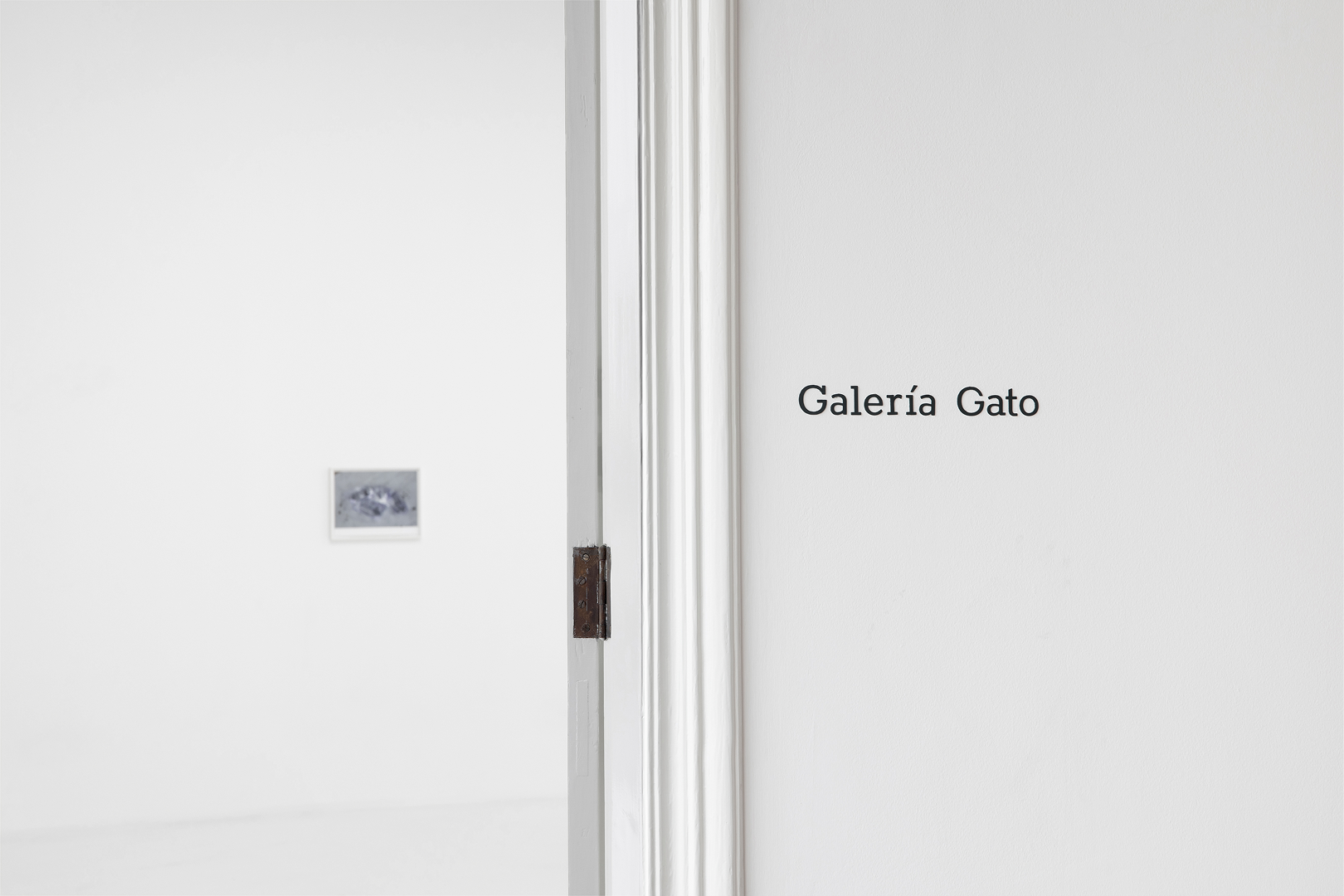
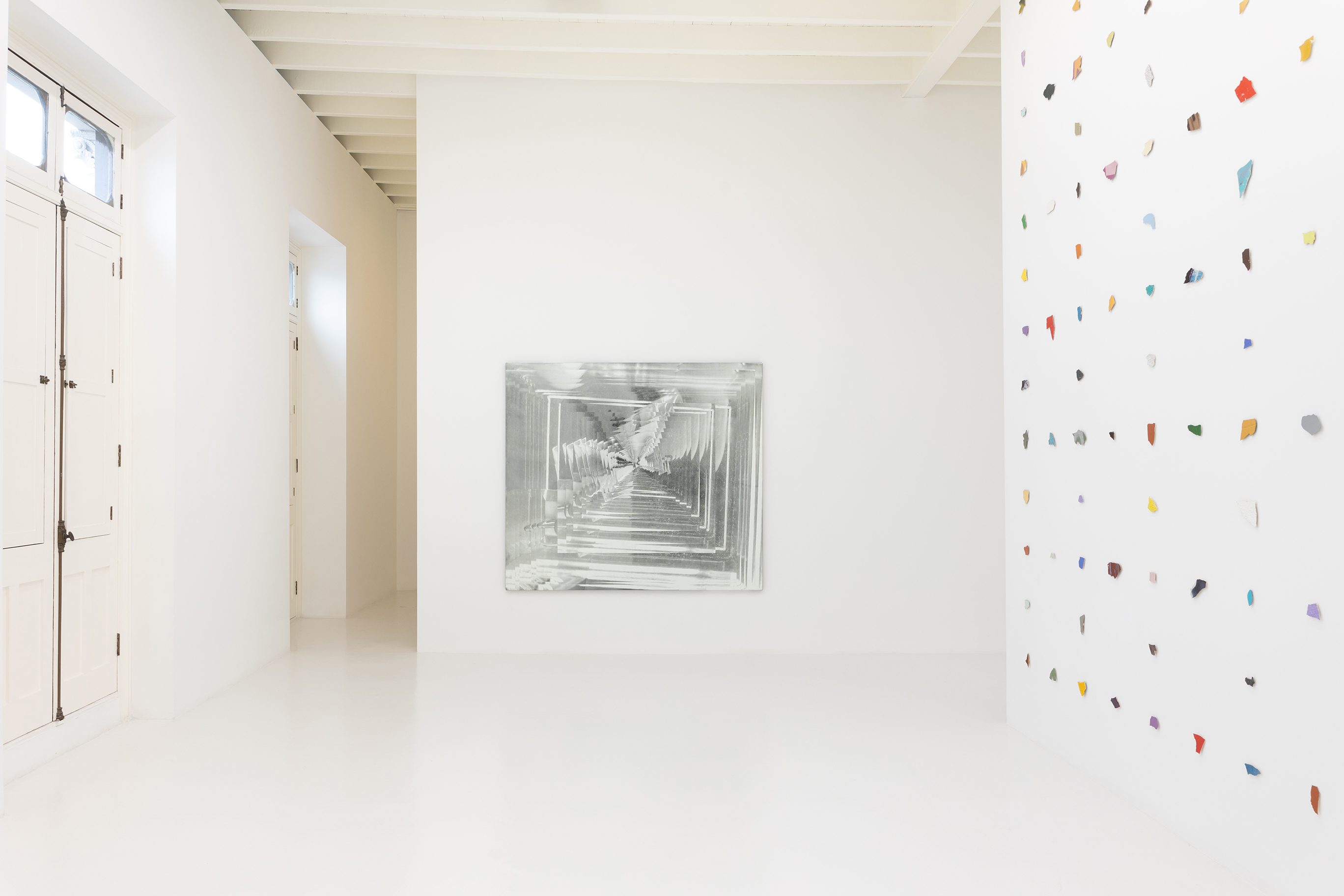
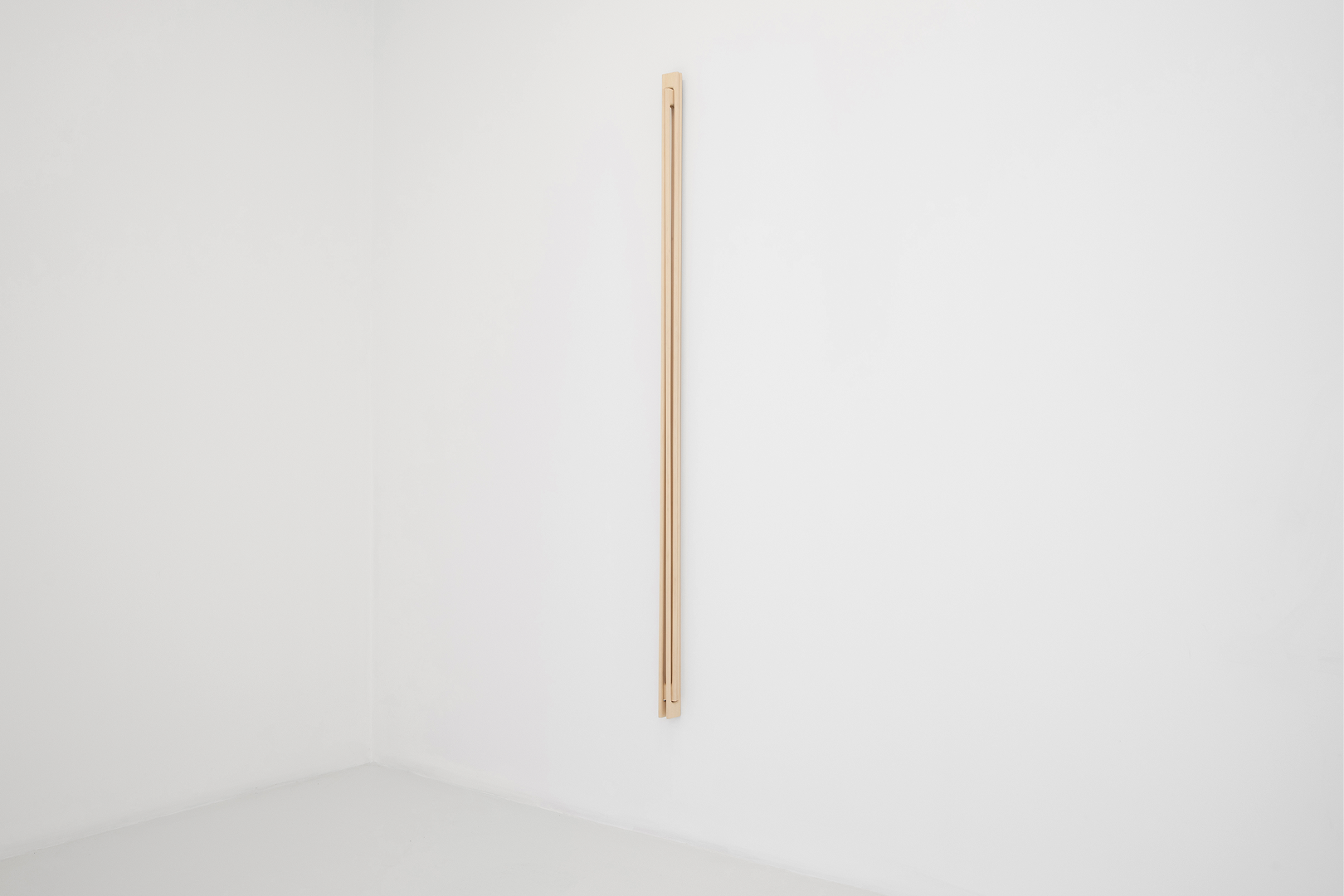
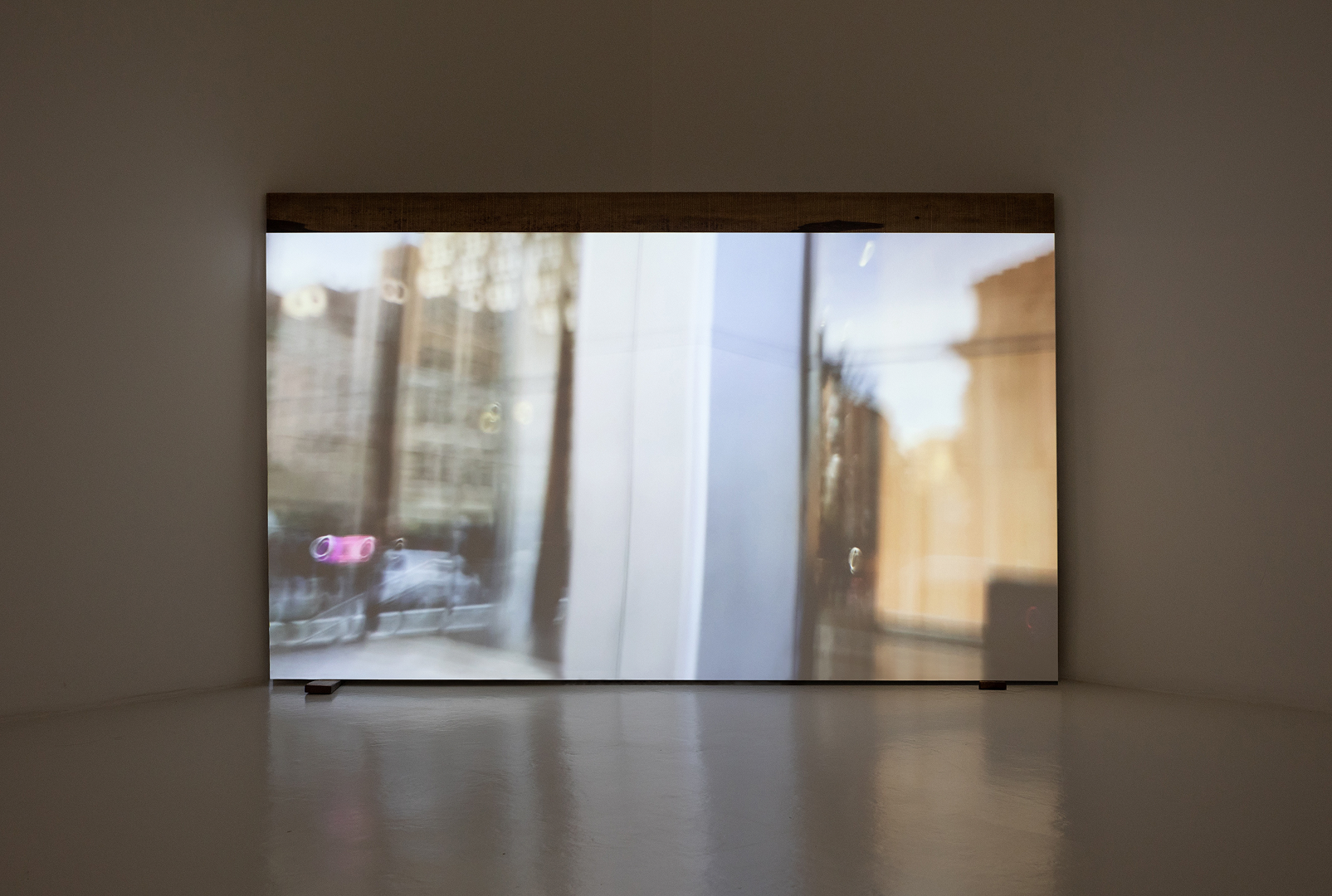
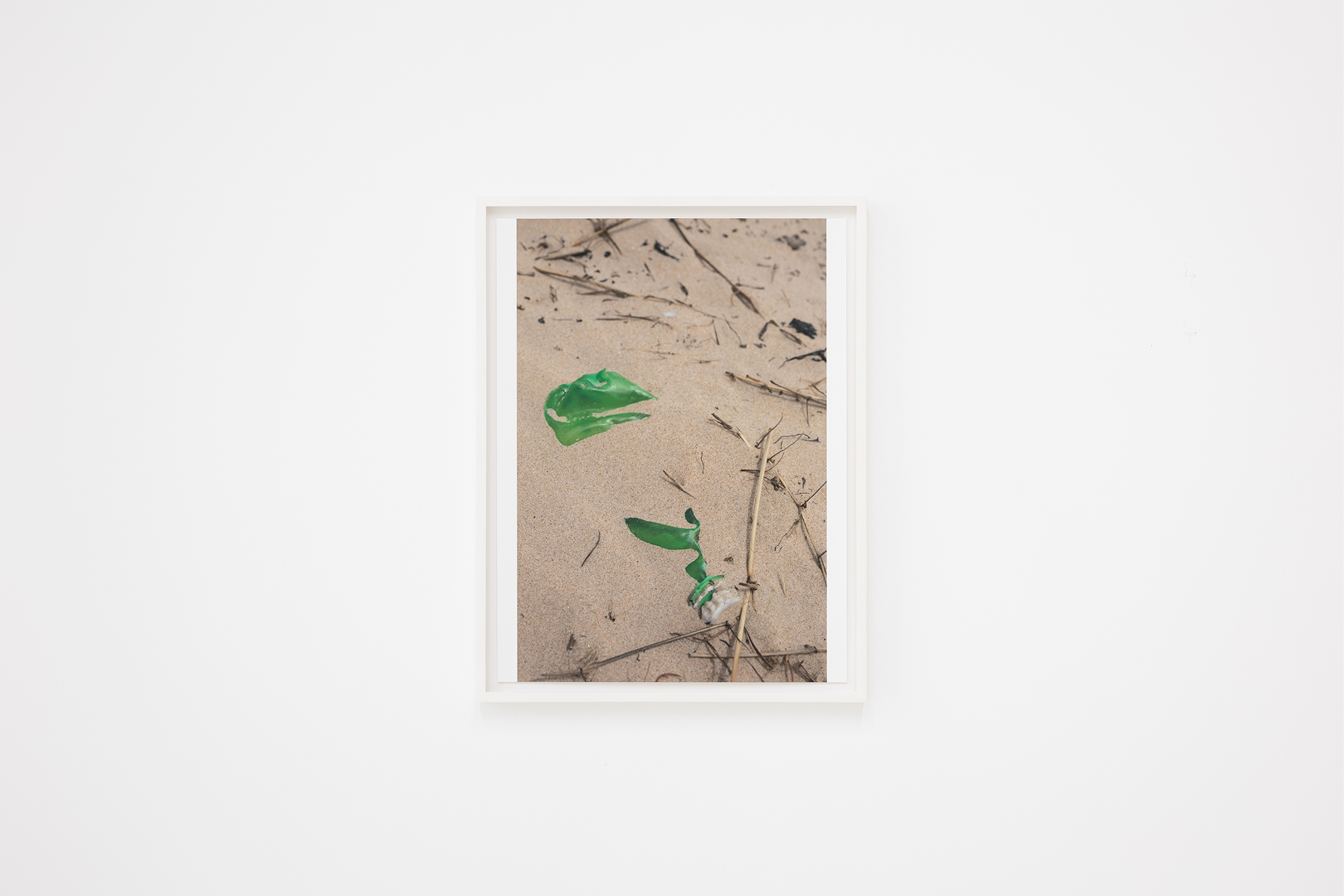
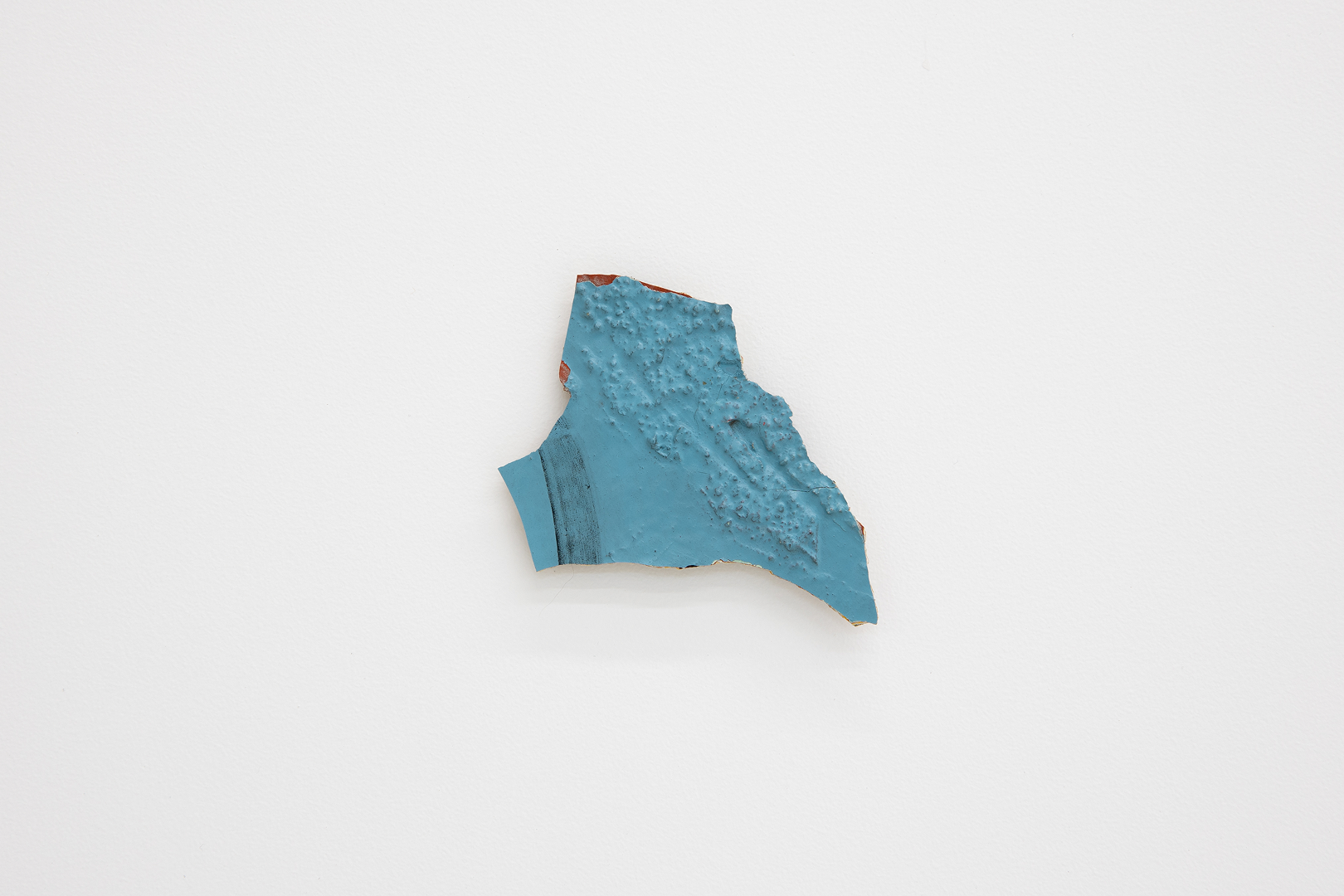
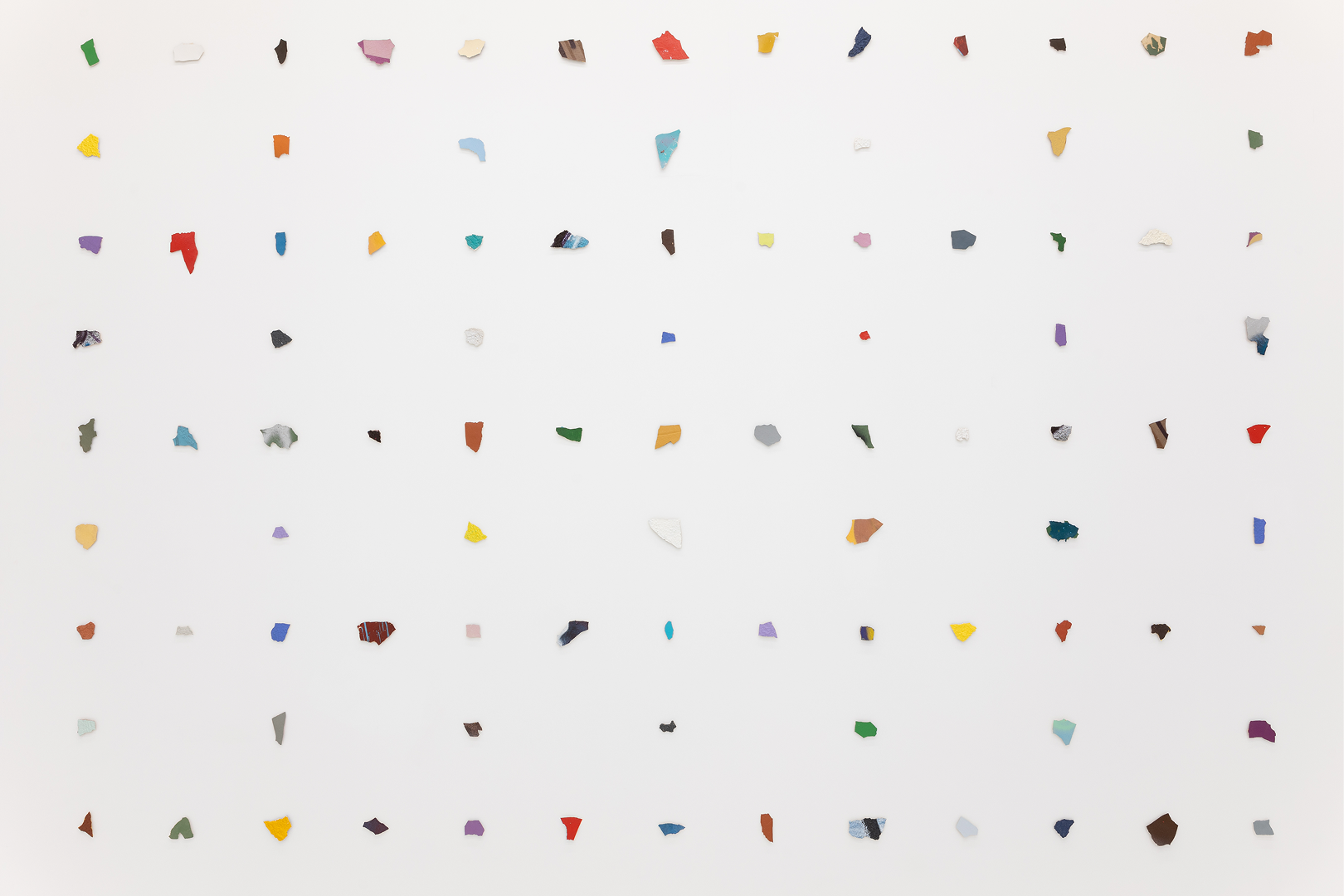
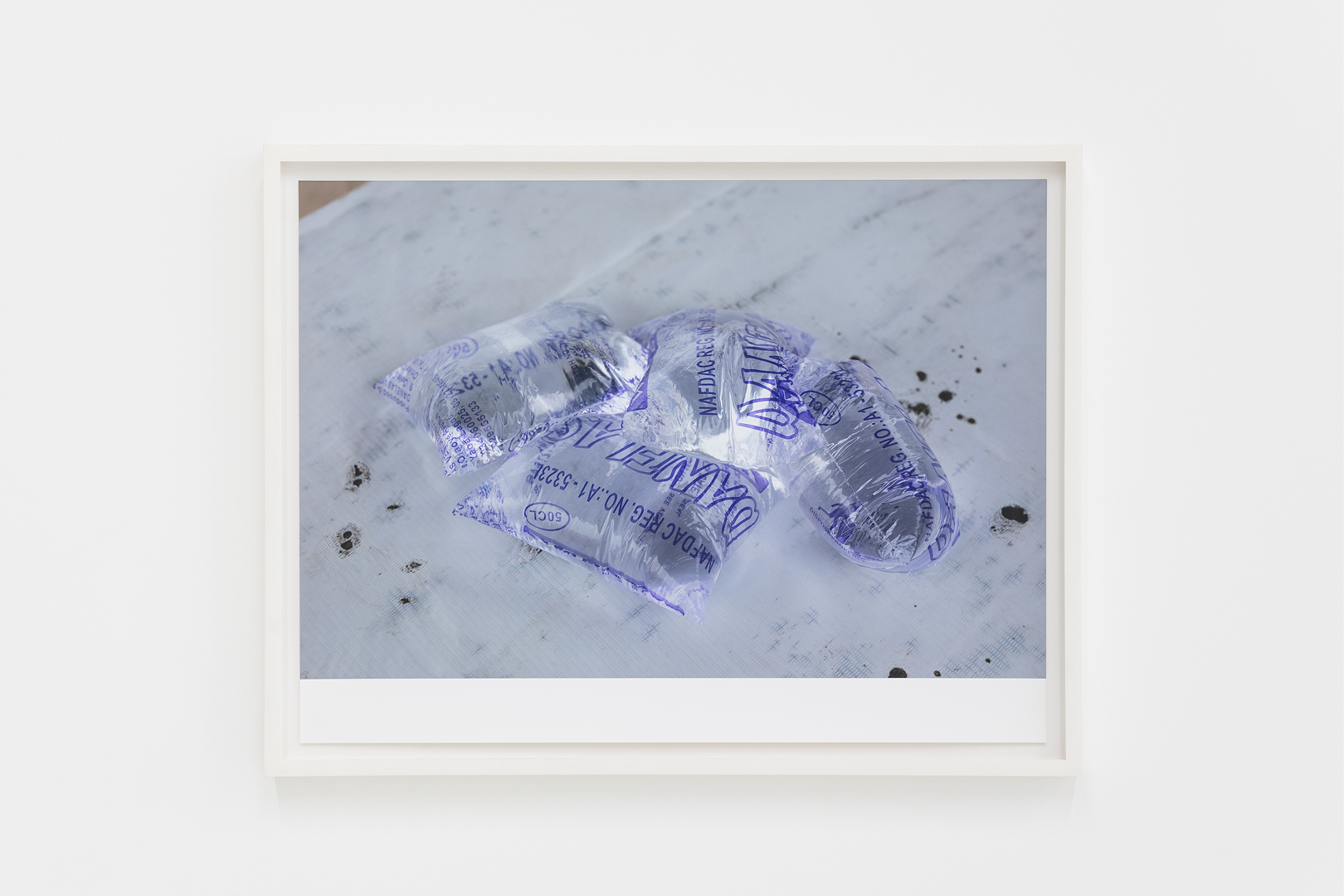
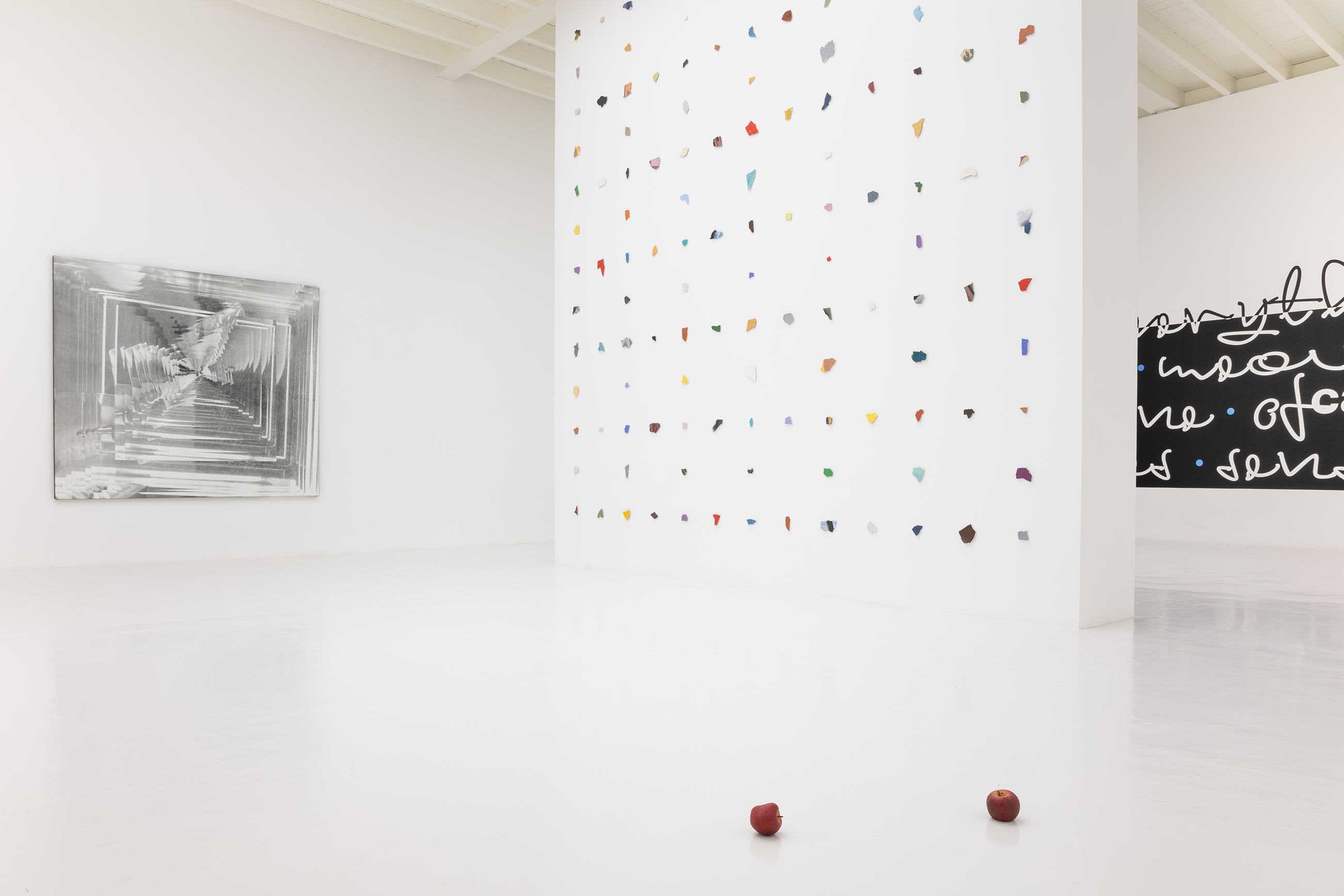
Press Release
We are pleased to introduce GATO, a gallery co-founded by Axier Villanueva and Oscar Florit. Situated in the historical city center of Lima, Peru, this dynamic art platform seeks to realize ambitious, institutional-level programming within a uniquely commercial setting. With an eye on the international stage, GATO is committed to introducing innovative creative practices and fresh curatorial perspectives, exhibiting artists for the first time in South America while also crafting dialogues with Peru’s own expansive art scene and rich history. The showcase for GATO’s mission will be its newly renovated 140 square meter exhibition space, housed in a historical, Republican style building dating back to 1895. Overlooking the Plaza Bolognesi, one of the bustling centers of the city, GATO underscores Lima’s rich architectural legacies, from its original Haussmann modeled urbanization to its current state of regrowth and renewal. While acknowledging this storied past, the space looks squarely ahead to the future, embracing and championing new possibilities and intersections that are afforded by Peru’s unrivaled position as one of the cultural capitals of the Americas. GATO will inaugurate its programming with the group exhibition, Formas Aparte. the show brings together a notable array of international artists exhibiting in Peru for the first time. Thematically, the project elaborates on a basic tenet of architectural theory: any built structure is defined as much by its material attributes (foundation, armature, walls etc.) as by the negative or empty spaces these demarcate, encompass or surround. In fact, these voids are integral to complex engineering systems where they serve a myriad of structural purposes. The unseen labor of these negative spaces can also take on a symbolic nature, memorializing the personal histories that can be covered up or built over, an inevitable outcome of ‘progress’ mapped when onto a linear axis. The works in the exhibition exists precisely at this intersection, foregrounding the many micro-dramas that animate our daily interactions with seemingly impersonal architectures. Here, built structures are re-cast and made highly personal: mapped with situated bodies, viewed from idiosyncratic perspectives, rendered intimate by the touch of the artist’s hand. Many of the pieces on view use common building materials or nod to traditional building techniques or practices, bringing together fragments or debris that speak to a larger whole. In this way, the idea of ‘site surveying’ is expanded to include the artist’s understanding of place, specifically the city of Lima itself, which informs this dialogue as a living entity in constant and poetic flux. Franklin Melendez CURATORIAL TEXT With time, the city grows upon itself; it acquires a consciousness and a memory. In the course of its construction, its original themes persist, but at the same time it modifies and renders these themes of its own development more specific. Thus, while Florence is a real city, its memory and form come to have values that are also very true and representative of other experiences. At the same time, the universality of these experiences is not sufficient to explain the precise form, the type of object which is Florence. (Aldo Rossi, "The Architecture of the City".) In his 1971 landmark treatise on the subject, the renowned Italian architect and architectural theorist, Aldo Rossi, posited a radical new way for engaging, studying and ultimately understanding the contemporary cityscape. Such a sprawling and unwieldy chimera could not be apprehended or reduced to its many elevations and schematics, blueprints and materials, grids and endless project plans; in short, a rational, Euclidean addition of so many built structures. Such an approach would invariably miss the core of the urban experience; its texture, its smells and flavors, the embodied specificity of strolling through its streets and taking in Proustian-like the many imperceptible and immeasurable stimuli that nevertheless come together to define an unmistakable quality of space – its locus. As an alternative, Rossi proposed recalibrating urban studies to re-focalize through what he termed ‘urban artifacts’ which are ‘precisely those aspects of reality that are most individual, particular, irregular and also most interesting.’ As he later notes, this qualification is not unlike an experience of art in its uniqueness. For this very reason, Rossi’s theoretical framework might be as good an entry point as any to engage the disparate objects brought together for the purposes of the exhibition, Formas Aparte. These span a wide variety of media, from painting and sculpture, to video and photography to site-specific installation. However, it is less compelling to think of these artworks by their taxonomic nomenclature, and more in terms of the qualities they exude and the experiences they collective allude to. For these forms might stand apart, but in their converging way, they speak to a shared experience: the act of daily existence in a contemporary thriving metropolis. This is evident not just as a visual surface, but in their very essence as they re-articulate the material vernaculars that make up the very textures of the cityscape. Walking about a viewer will encounter bits of plumbing, concrete debris, commercial paint fragments, distorted advertising murals, hallucinogenic architectural blueprints. These collectively attest to the ongoing processes of destruction and demolition, expropriation and re-zoning, speculation and obsolescence - in short, all the recognizable signs of urban dynamics, a restless leviathan in constant flux. It is perhaps not surprising that Rossi sites the South American city as perhaps the richest example for the urban artifact. Its clashing histories, its unexpected juxtapositions, its restless inhabitants at the crossroads of so many tumultuous shifts and reconfigurations. It is also the source of its beauty which we underscore here, as the artists gathered together here also try to map and understand the texture of Lima from afar, starting at this specific place and at this specific time to set forth openly onto a road heretofore unknown. Franklin Melendez
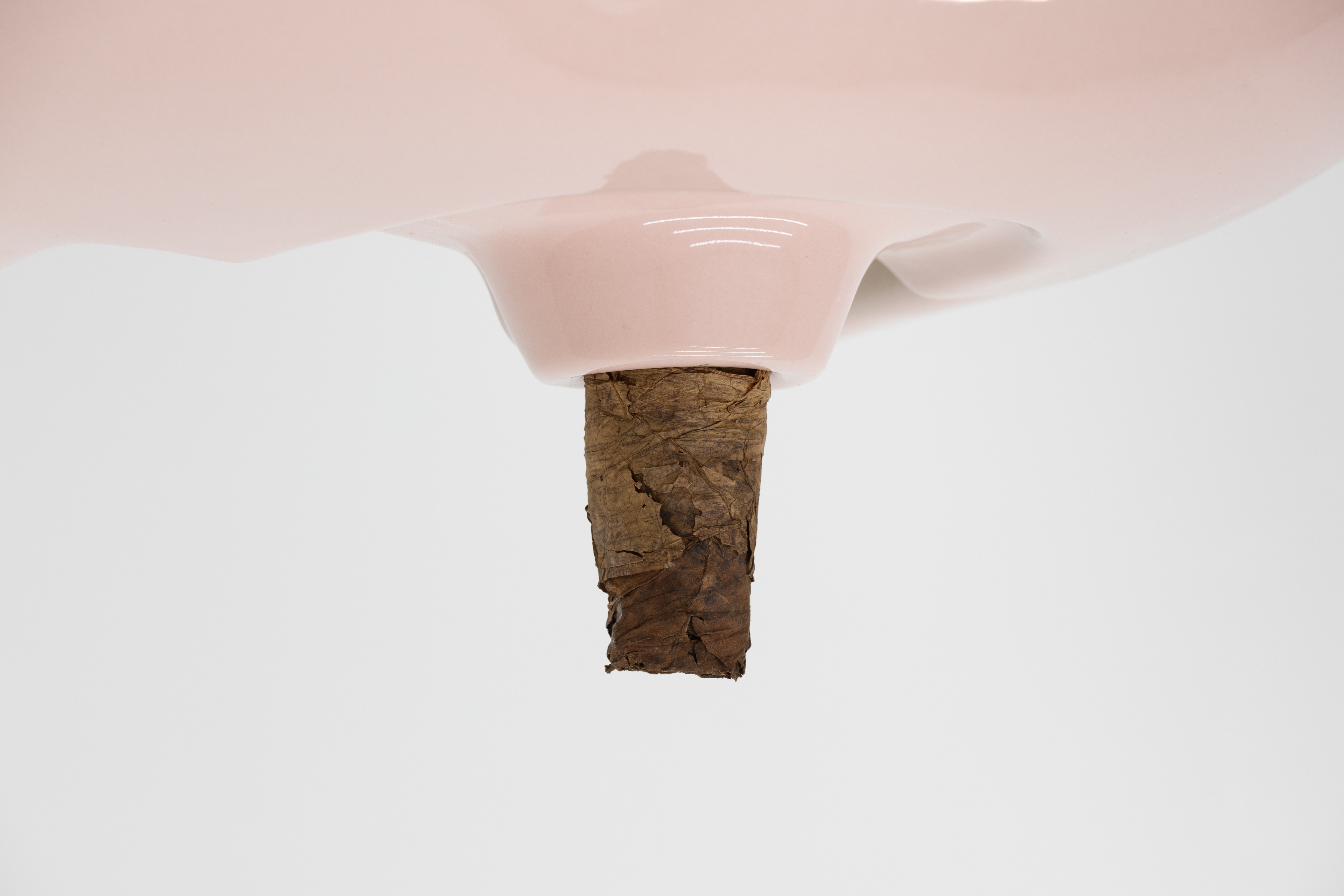 Plug
Plug
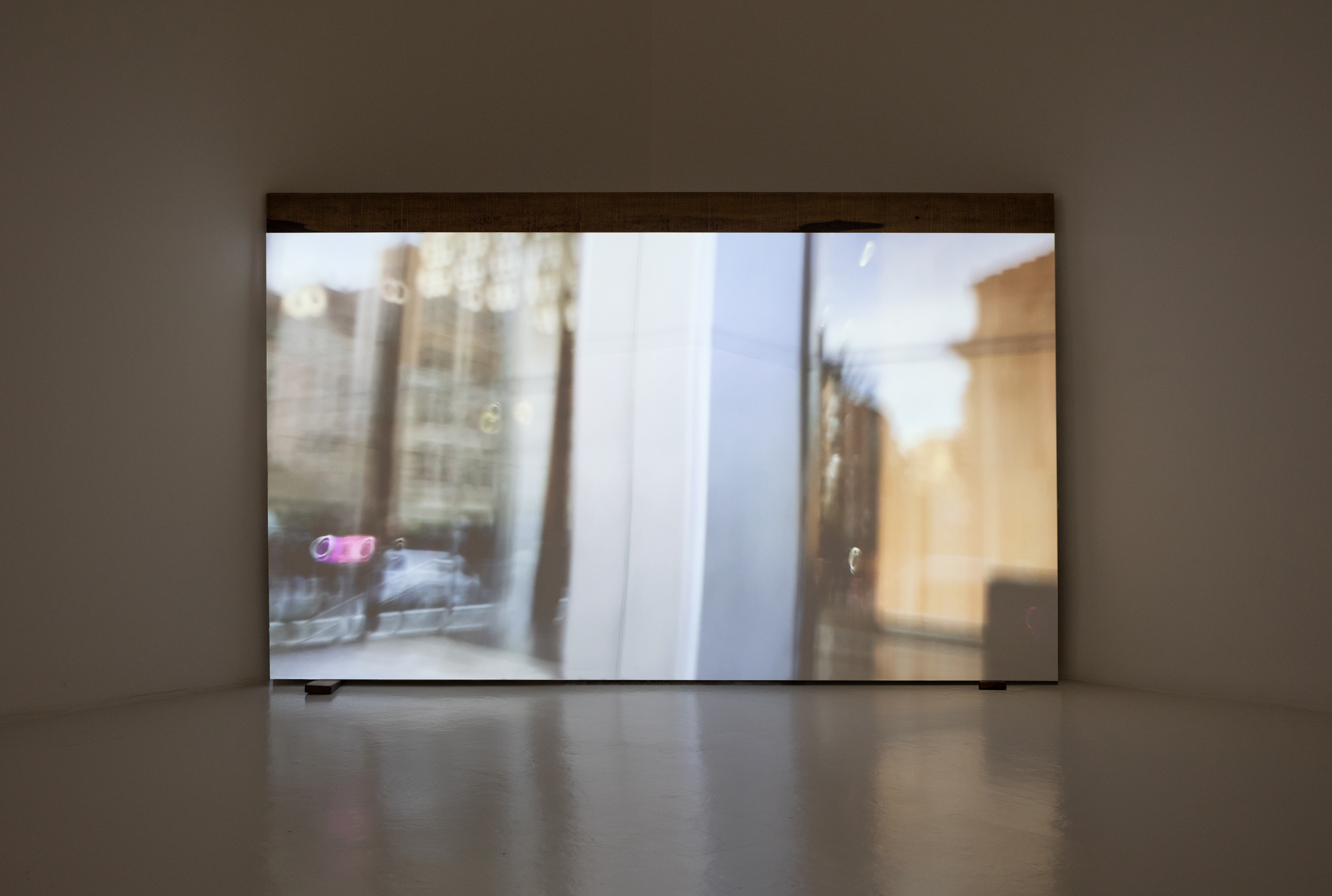 Lifelike
Lifelike
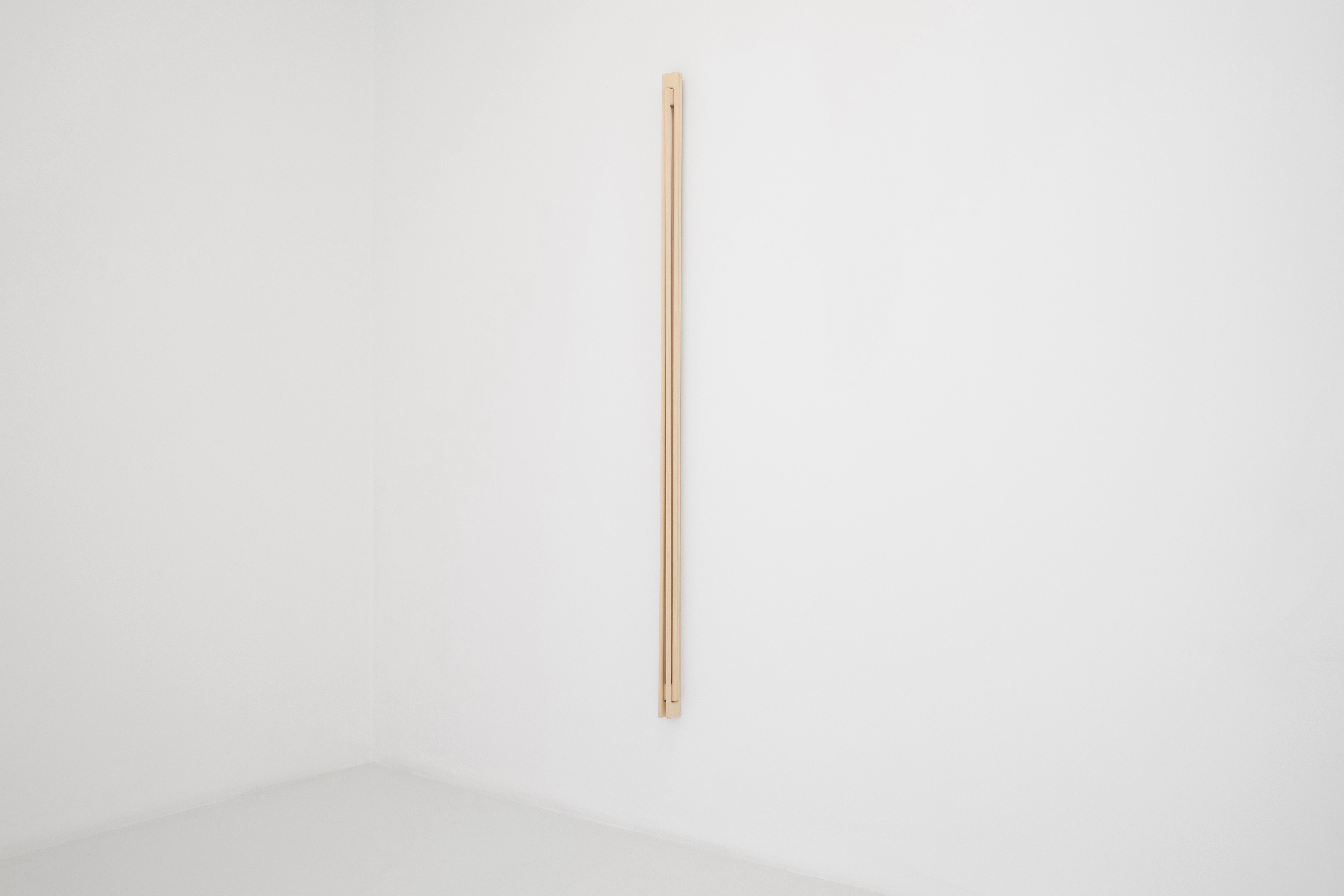 Handles
Handles
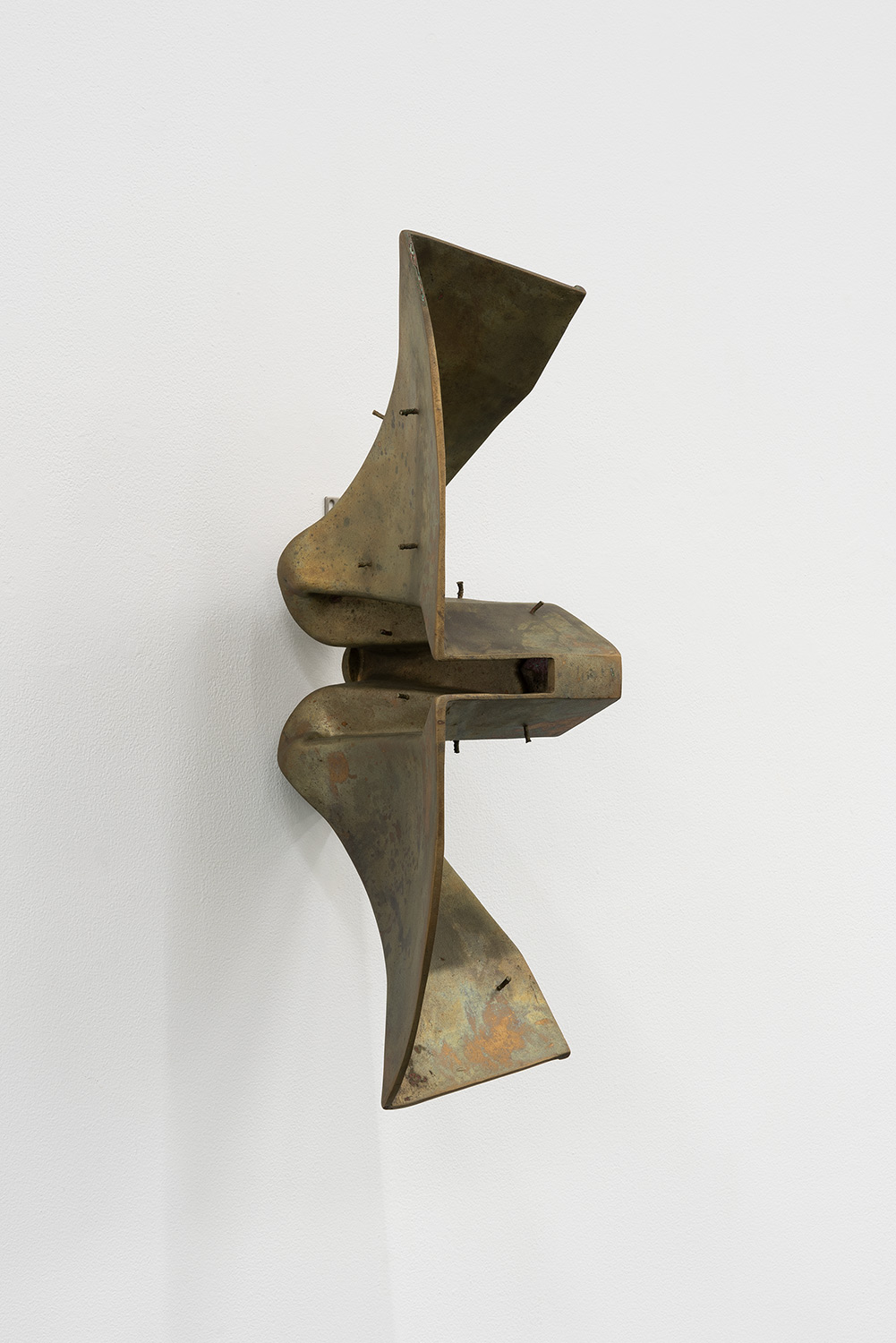 Gain C. (Ampere) I
Gain C. (Ampere) I
 1.18g/cm3
1.18g/cm3
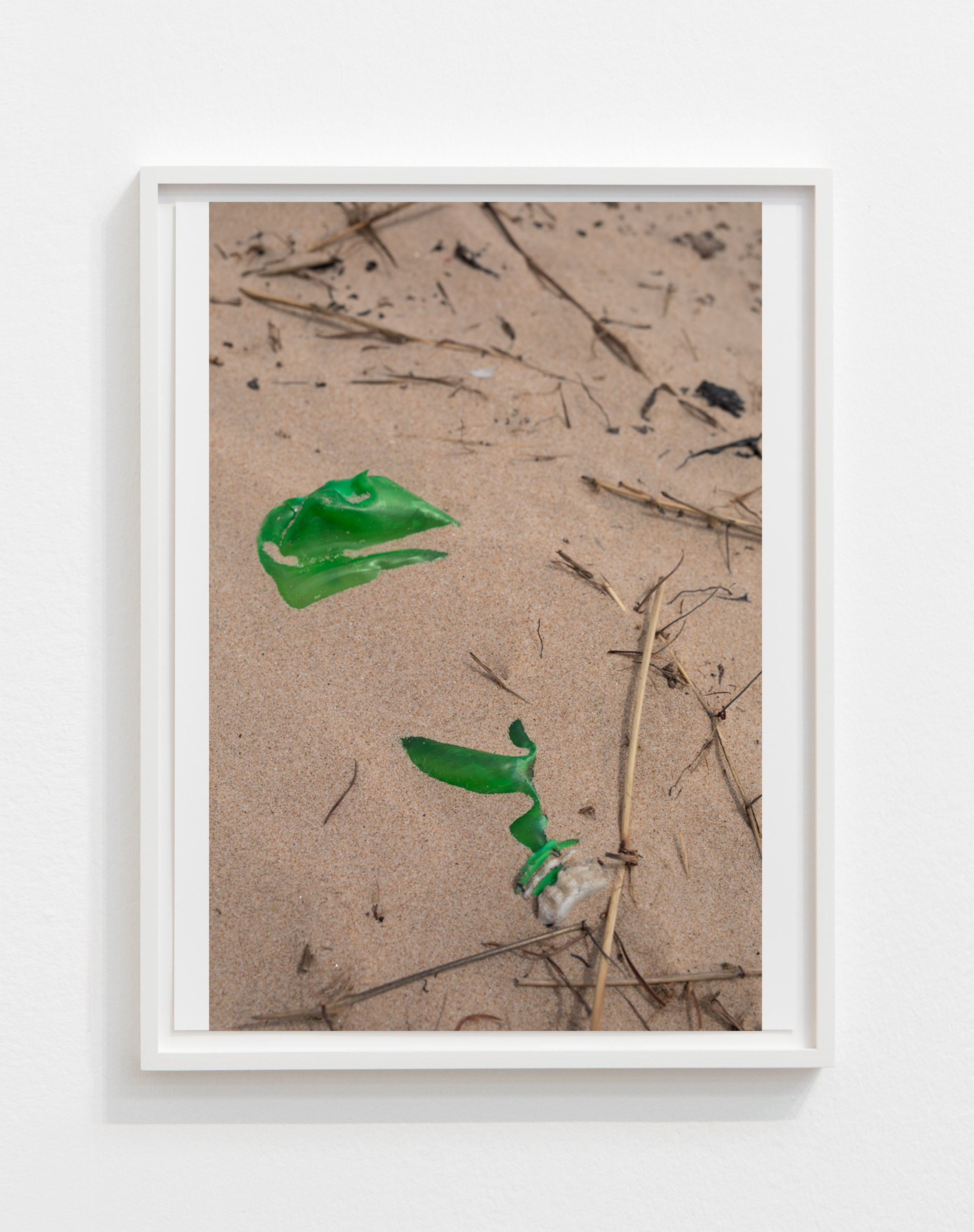 Green bottle on sand
Green bottle on sand
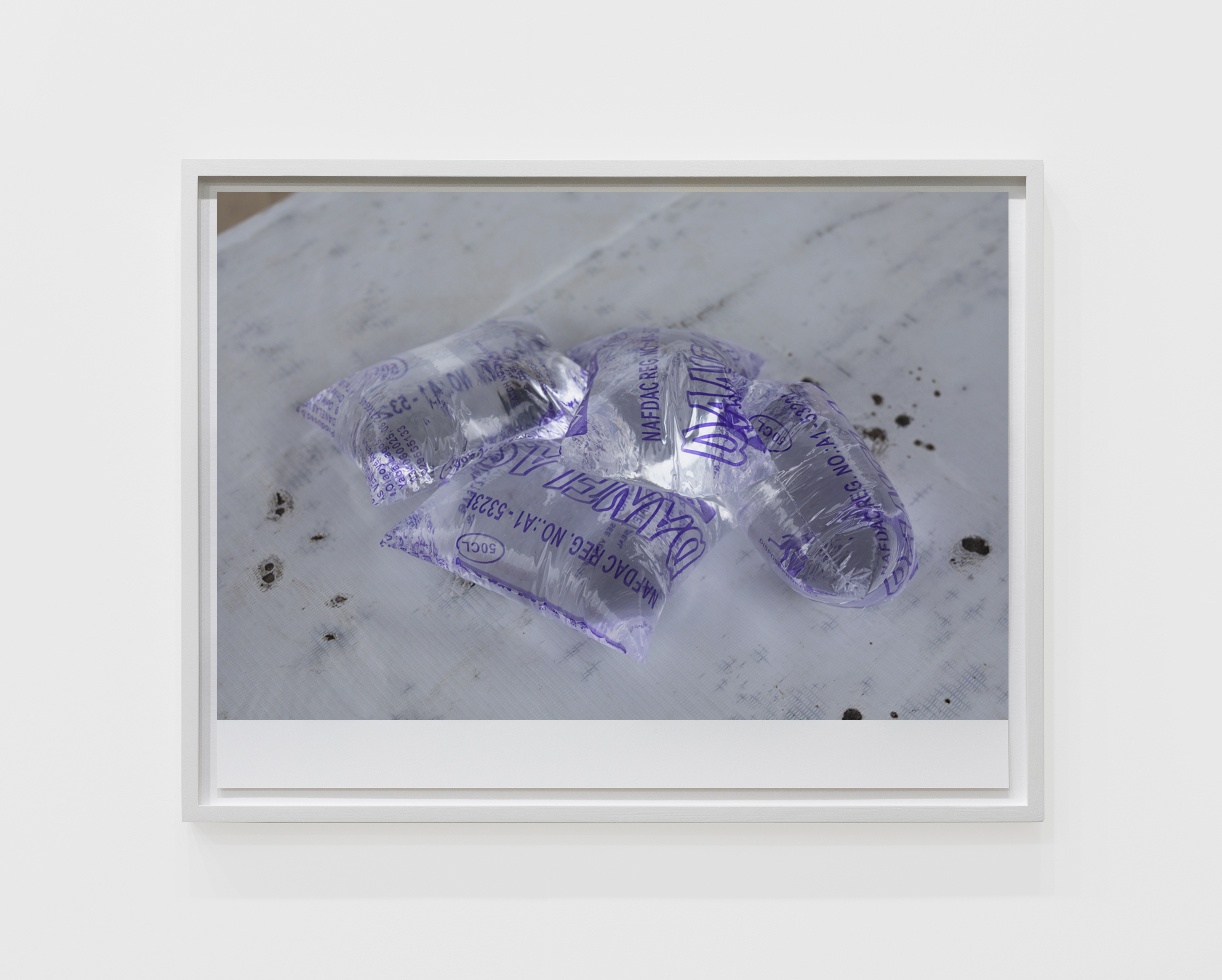 Drinking Water Still Life (Lagos)
Drinking Water Still Life (Lagos)
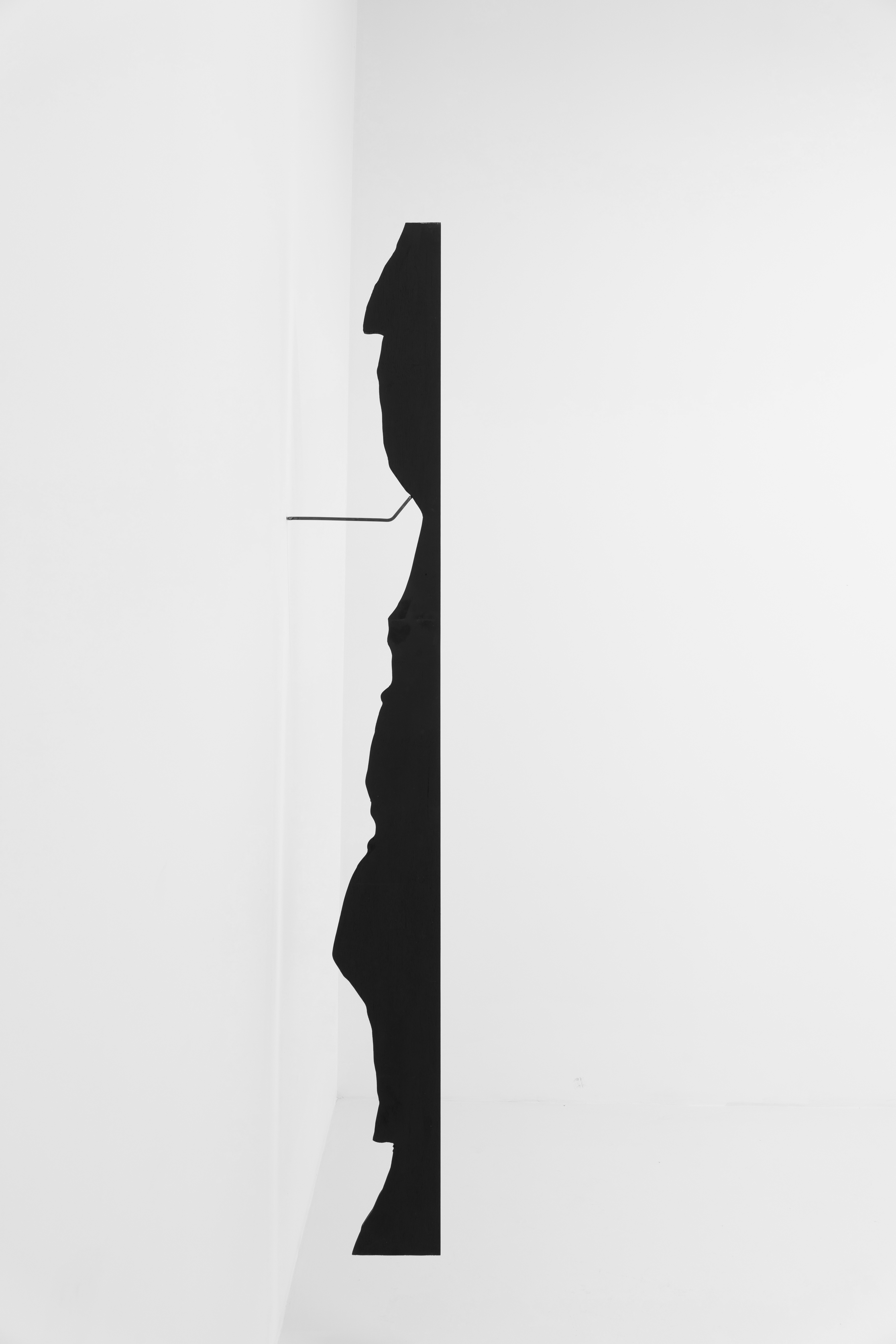 Landscape II
Landscape II
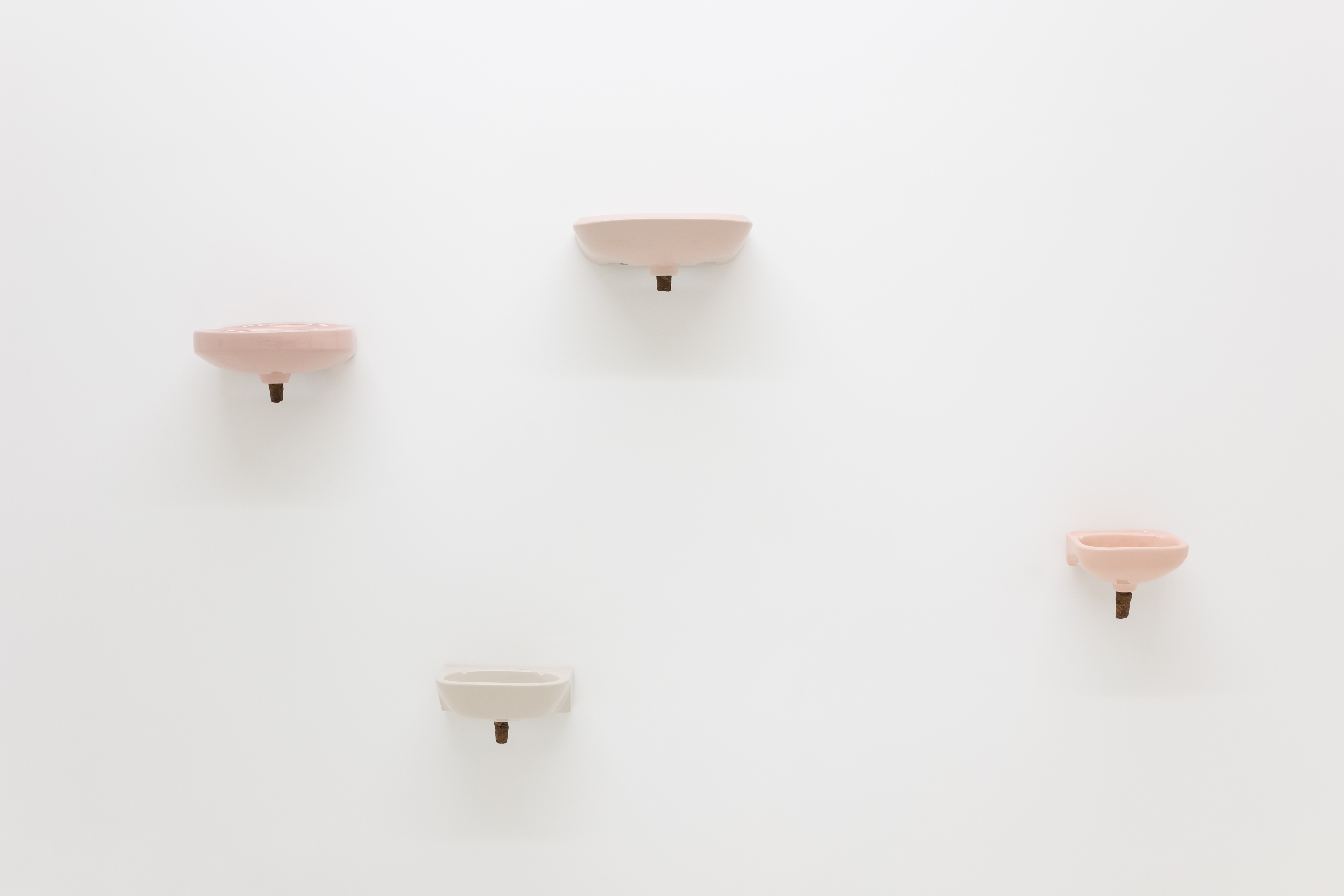 Plugs
Plugs
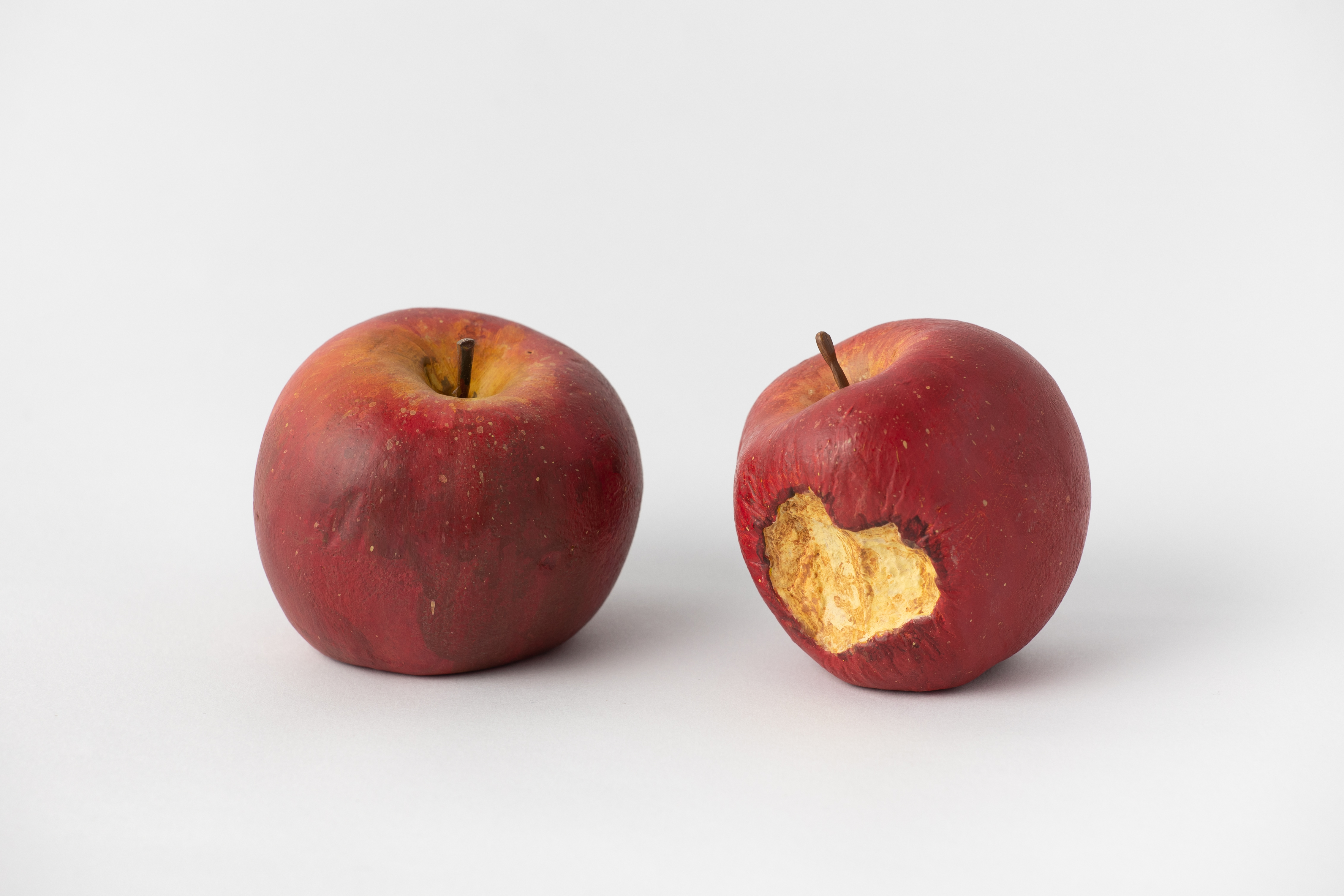 51st and 7th
51st and 7th
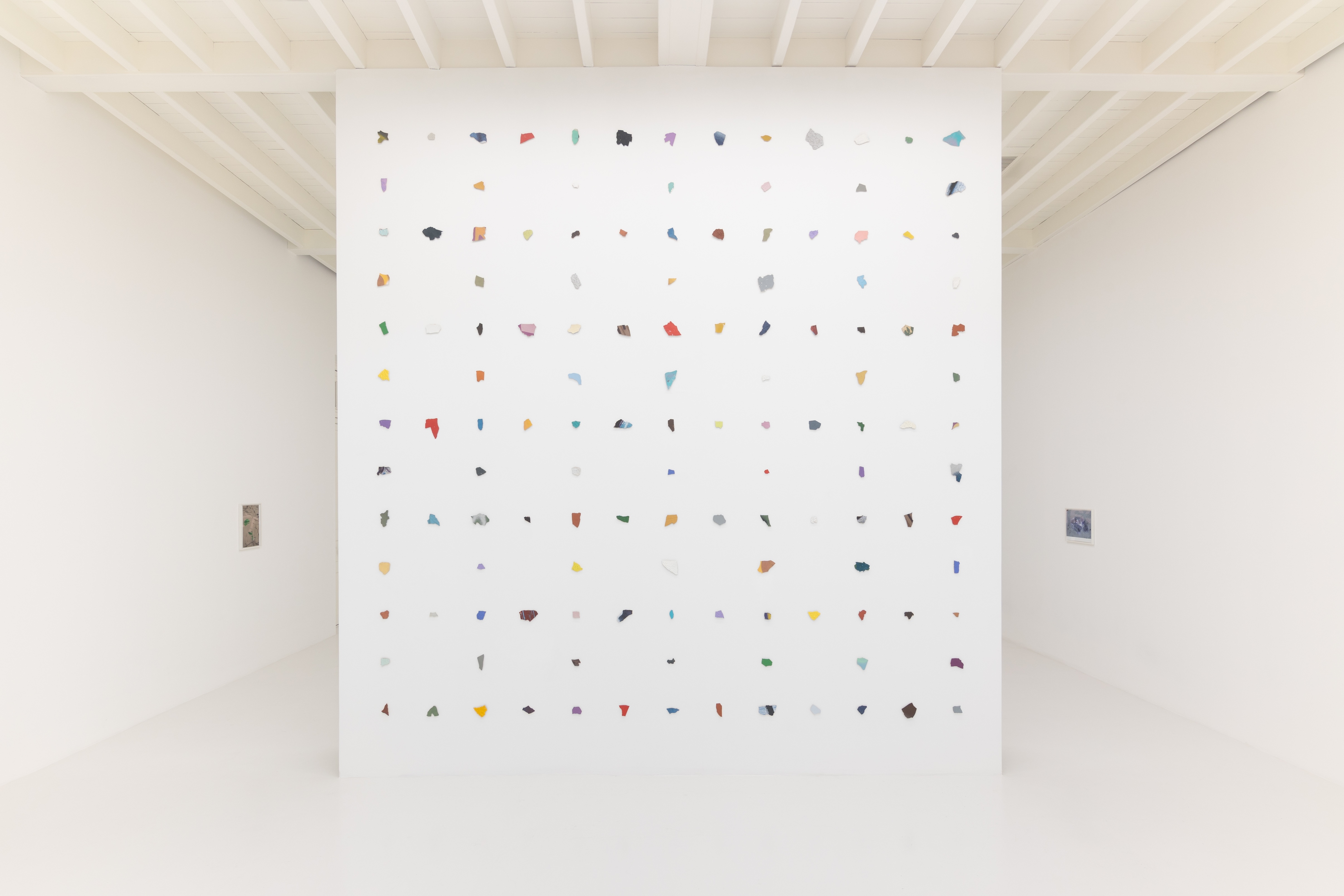 Junta de vecinos #40
Junta de vecinos #40
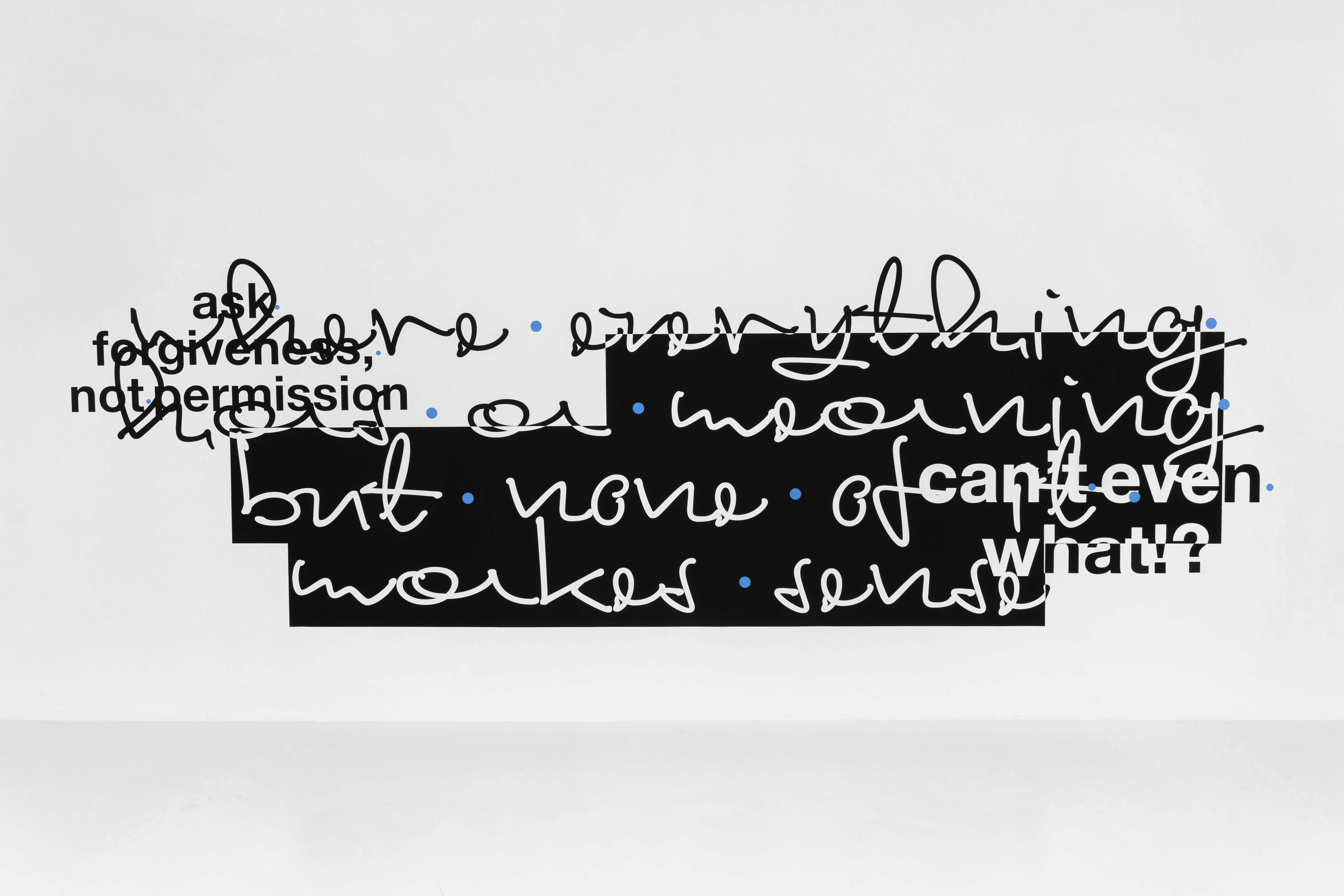 Ask for forgiveness, not permission/where everything has a meaning but none of it makes sense/ can’t even what!
Ask for forgiveness, not permission/where everything has a meaning but none of it makes sense/ can’t even what!